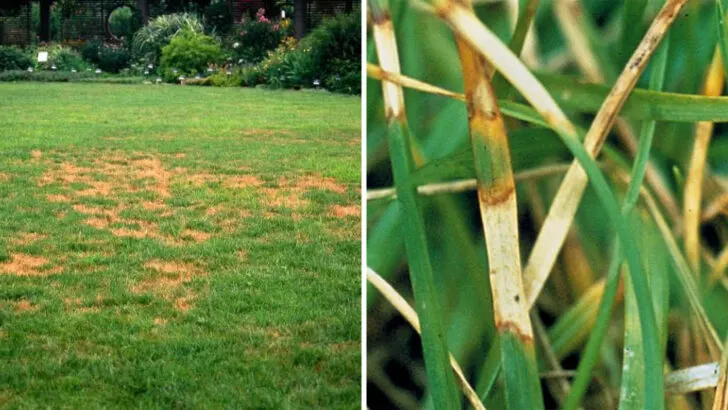You water it, mow it, maybe even talk to it, but your lawn still looks like it’s having a rough time. Brown patches, strange rings, fuzzy spots, it’s not always easy to tell what’s going wrong. Lawn diseases can creep in quietly and spread fast, especially when conditions are just right for fungi and bacteria to thrive.
The tricky part? Many of these issues look alike at first glance. Knowing what you’re dealing with makes all the difference when it comes to treating the problem and preventing it from coming back. Here’s a breakdown of 20 common lawn diseases, what they actually look like, and how you can spot the warning signs before they take over.
Brown Patch

Imagine stepping onto your lawn only to find irregular brown spots scattered across the once-vibrant green expanse. Welcome to the world of Brown Patch, a common lawn disease caused by the fungus Rhizoctonia. These brown patches usually appear during hot, humid weather, often enlarging to several feet in diameter.
The affected grass blades may have a “smoke ring” effect at the edges, giving the disease a unique appearance. Although primarily a cosmetic issue, severe infestations can weaken the lawn over time. Regular maintenance and proper drainage can help prevent this unsightly problem.
Dollar Spot

Ever noticed small, straw-colored spots on your lawn, about the size of a silver dollar? That’s likely Dollar Spot, a prevalent lawn disease driven by low nitrogen levels and excess moisture. These spots can merge into larger patches if untreated, creating an uneven and patchy look.
The fungus responsible thrives in warm, humid conditions, particularly if the grass remains wet overnight. To combat this, ensure your lawn is well-fertilized and avoid watering in the late afternoon or evening. This simple step can maintain your lawn’s lush appearance and vigor.
Snow Mold

As winter snows recede, you might discover your lawn veiled in white or pink fungal growths. Snow Mold, caused by cold-loving fungi, thrives under snow-covered lawns. The two main types, Gray and Pink Snow Mold, differ in severity, with Pink being more aggressive.
These molds attack grass blades, leaving behind unsightly patches as temperatures rise. Early spring raking and dethatching can help alleviate the problem. Planting resistant grass varieties and ensuring proper fall fertilization can also fortify your lawn against future attacks.
Rust Disease
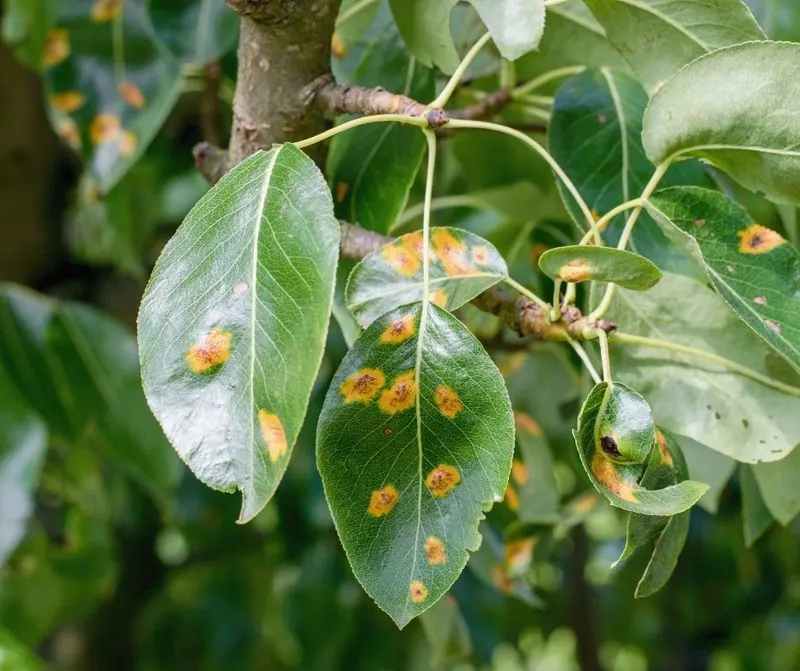
Picture your lawn dusted with a rusty orange tint; this is Rust Disease. Caused by fungi, it appears as small yellow-orange pustules on grass blades. These spores spread easily, leading to discolored turf and weakened grass.
Rust thrives in dry conditions with high humidity, often appearing in late summer. While not fatal, it can make your lawn susceptible to other stressors. Regular mowing and improved air circulation can help manage Rust, ensuring your lawn remains vibrant and healthy.
Red Thread
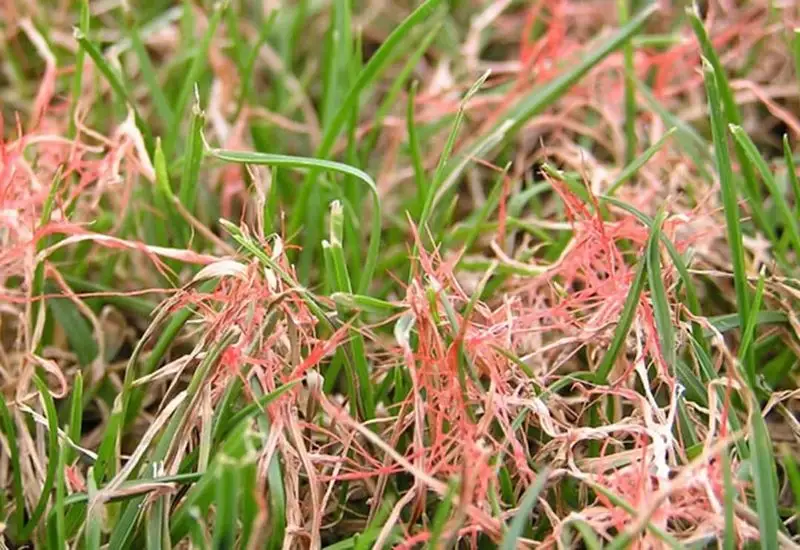
With its distinctive pinkish-red strands, Red Thread is easily recognizable. This disease, caused by the fungus Laetisaria fuciformis, thrives in cool, damp conditions. The reddish threads are actually fungal structures that grow on grass blades, giving lawns a patchy appearance.
Red Thread mainly affects nitrogen-deficient lawns and can be managed by proper fertilization. Although primarily a cosmetic issue, it can weaken grass over time if left untreated. Keeping your lawn well-nourished and aerated will stave off this colorful intruder.
Fairy Rings
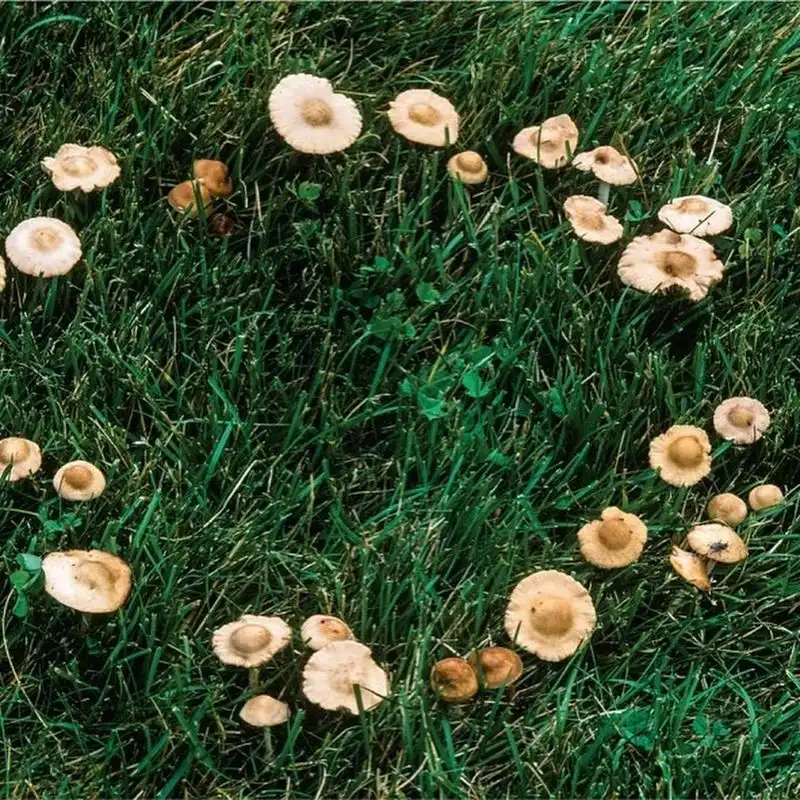
Have you ever stumbled upon a perfect circle of darker grass or mushrooms sprouting on your lawn? You’ve encountered a Fairy Ring. This phenomenon is caused by fungi that decompose organic matter in the soil, releasing nitrogen and creating a rich, green ring.
Fairy Rings can be purely cosmetic or lead to soil hydrophobicity, affecting lawn health. Proper aeration and dethatching help break up the rings, while avoiding excess thatch buildup curtails their formation. Keeping your lawn well-maintained ensures these magical circles remain a rare sight.
Leaf Spot
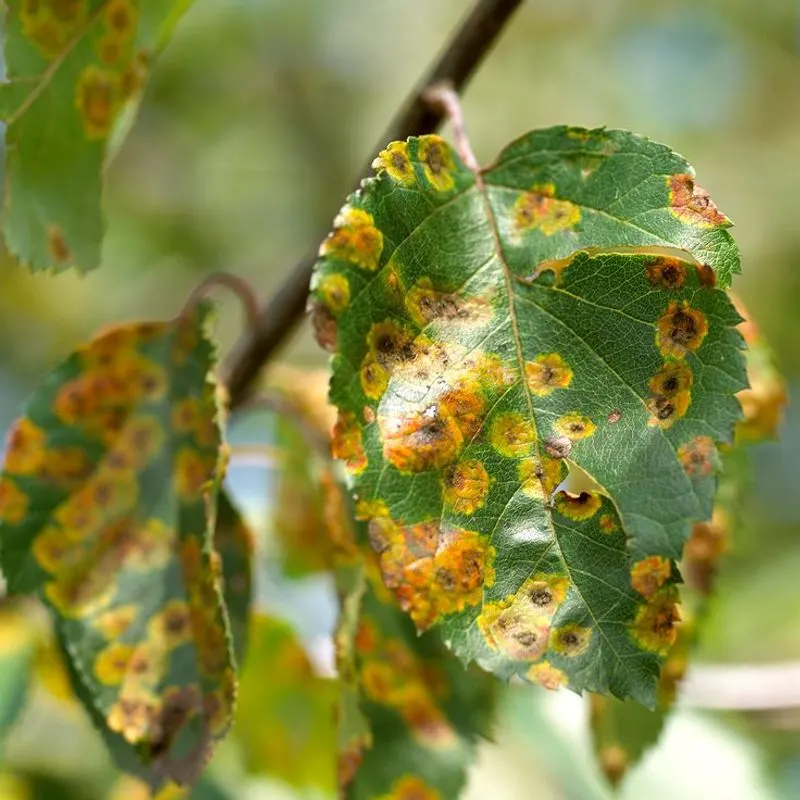
Imagine your lawn speckled with tiny, dark spots on grass blades. Leaf Spot, caused by several fungal species, thrives in moist, warm conditions. These spots can expand, leading to blighted areas and giving the lawn a patchy appearance.
If unchecked, Leaf Spot can progress to more severe diseases like melting-out, where grass blades thin and die. To manage Leaf Spot, ensure proper watering practices and avoid mowing when the grass is wet. Maintaining good lawn hygiene helps protect your turf from this pervasive issue.
Powdery Mildew
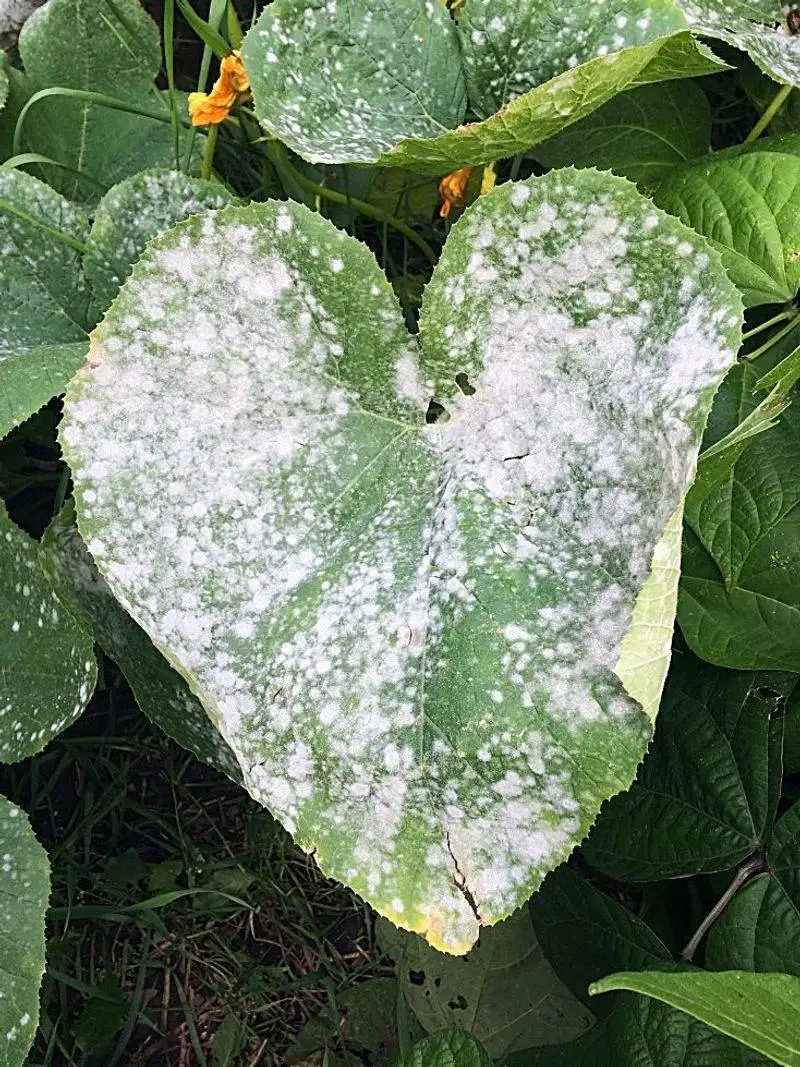
In shaded areas of your lawn, you might notice grass blades coated in a white, powdery substance. This is Powdery Mildew, a fungal disease favored by cool, damp environments with poor air circulation.
Though primarily a visual nuisance, severe infections can stress grass, leading to thinning and poor growth. Increasing sunlight exposure and airflow by trimming trees and shrubs can mitigate Powdery Mildew. Proper lawn care and resistant grass varieties also help keep this fungal invader at bay.
Anthracnose

During hot, dry spells, you might observe yellowing or browning of grass blades, a sign of Anthracnose. This fungal disease is common in stressed lawns, especially those with low nutrient levels and poor mowing practices.
Anthracnose can affect both leaves and stems, severely weakening the turf. Regular fertilization and proper mowing height can mitigate its effects. A healthy, well-maintained lawn is less likely to succumb to this opportunistic disease, keeping your grass robust and lively.
Pythium Blight
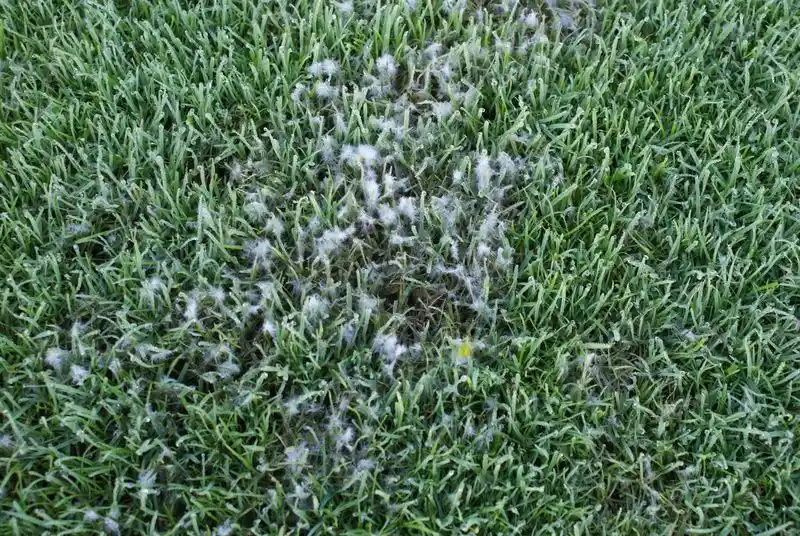
On warm, humid mornings, your lawn might develop small, greasy patches. Pythium Blight, also known as cottony blight, is caused by water mold and spreads rapidly in wet conditions. These patches can merge, forming large, unsightly areas of dead grass.
To combat Pythium Blight, improve drainage and avoid overwatering, especially in the evening. Fungicide applications may be necessary in severe cases. Maintaining a balanced lawn care routine helps control this aggressive disease, preserving your lawn’s beauty and health.
Fusarium Patch
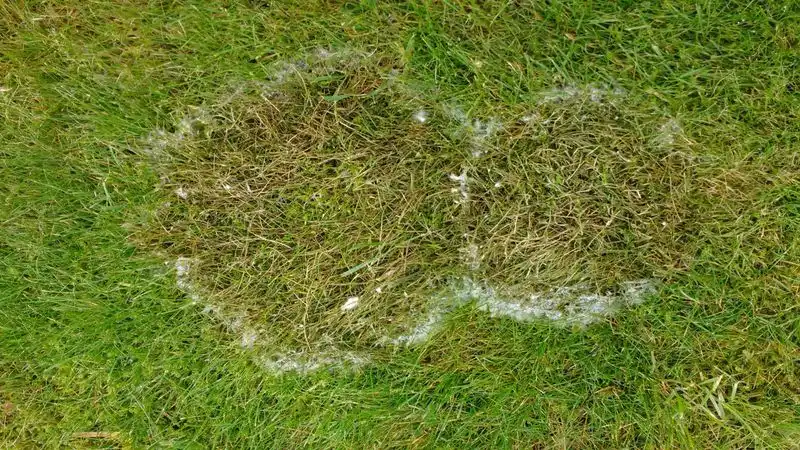
In cooler seasons, small, circular patches of straw-colored grass may appear on your lawn. This could be Fusarium Patch, also known as Microdochium Patch. It’s prevalent in cool, wet climates and often follows a period of snow cover.
The patches expand if left untreated, creating an uneven, patchy look. Aerating your lawn and avoiding excess nitrogen application in fall can help prevent Fusarium Patch. A well-drained, healthy lawn is your best defense against this seasonal threat.
Summer Patch

During summer’s peak, you might notice circular patches of wilted, yellowing grass. Summer Patch, caused by the fungus Magnaporthe poae, affects warm-season grasses, especially under stress from heat and drought.
The disease weakens grass roots, leading to turf thinning and dieback. Proper irrigation and fertilization practices can mitigate its impact. Maintaining a healthy lawn during stressful periods ensures your grass bounces back quickly, keeping your yard lush and green.
Stripe Smut

Stripe Smut appears as dark, stripe-like lesions on grass blades, often making them look tattered. This disease is caused by a fungus that thrives in cool, moist conditions, particularly in early spring and late fall.
The affected grass may become stunted and brittle, detracting from the lawn’s overall aesthetic. Regular mowing and removing infected clippings can help control its spread. A well-fertilized lawn with good cultural practices remains resilient against this striated threat.
Take-All Patch
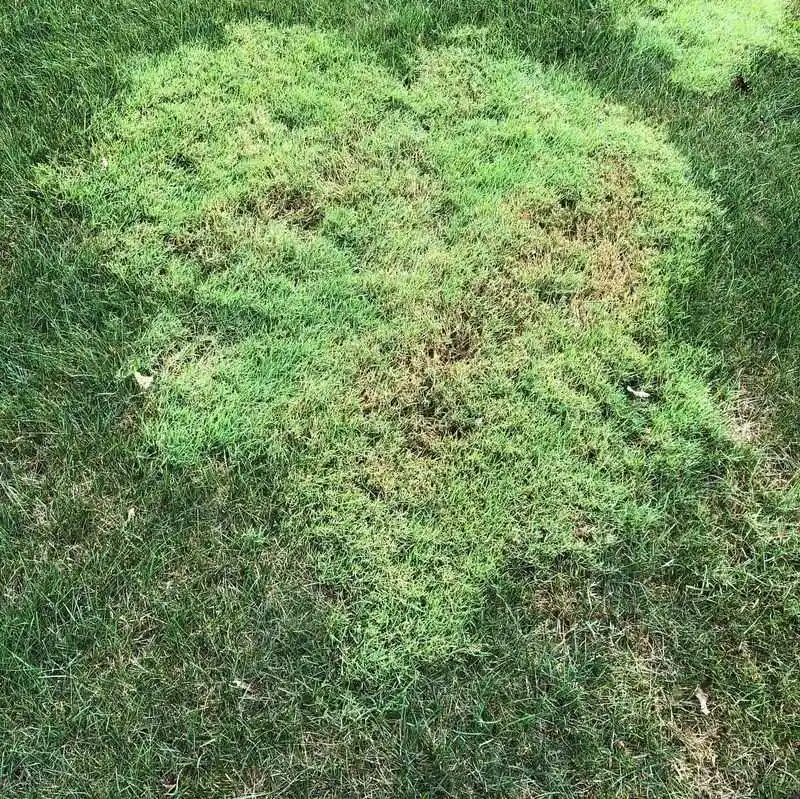
Large, circular patches of dead grass are a telltale sign of Take-All Patch, a disease caused by the fungus Gaeumannomyces graminis. It primarily affects bentgrass and can devastate golf courses and home lawns alike.
Take-All Patch spreads through the soil, weakening grass roots and leading to turf death if left unchecked. Acidifying the soil and improving drainage can help manage this disease. A proactive approach ensures your lawn’s vigor and longevity, even in the face of this formidable foe.
Necrotic Ring Spot
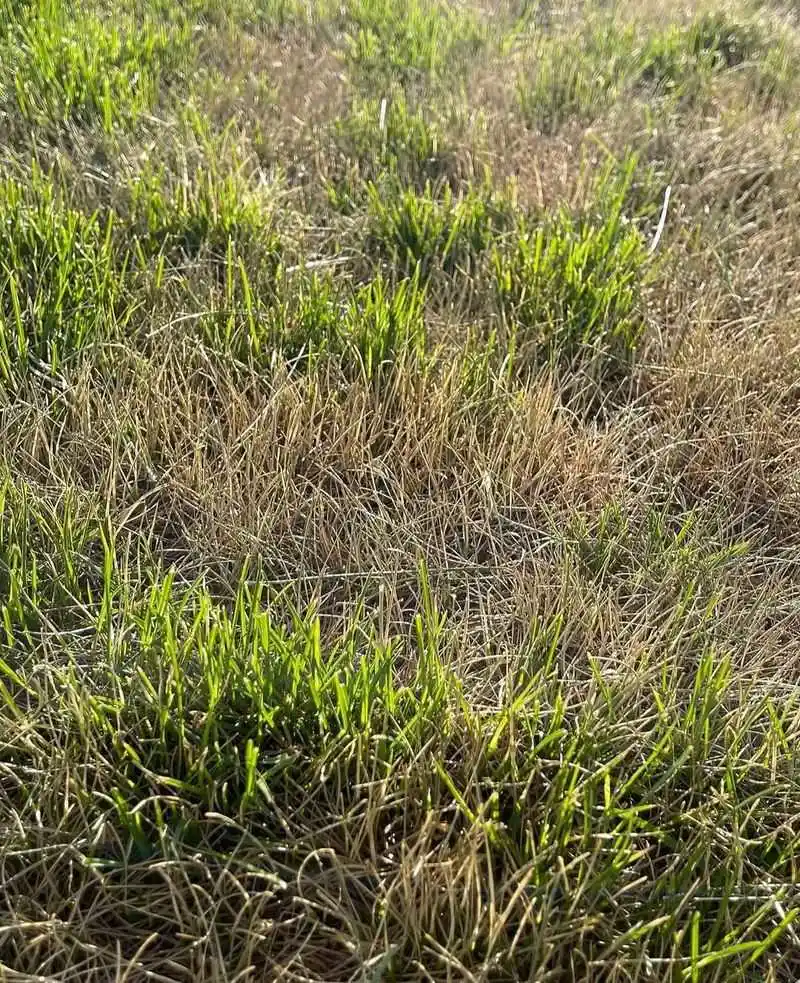
Necrotic Ring Spot presents as patchy, ring-like formations of dead grass on Kentucky bluegrass lawns. This fungal disease thrives in cool, wet conditions, often appearing during spring and fall.
The disease disrupts nutrient uptake, weakening grass and creating unsightly rings. Core aeration and overseeding with resistant grass varieties can mitigate its effects. A balanced fertilization program supports recovery and helps maintain a healthy lawn, reducing susceptibility to this circular menace.
Yellow Patch
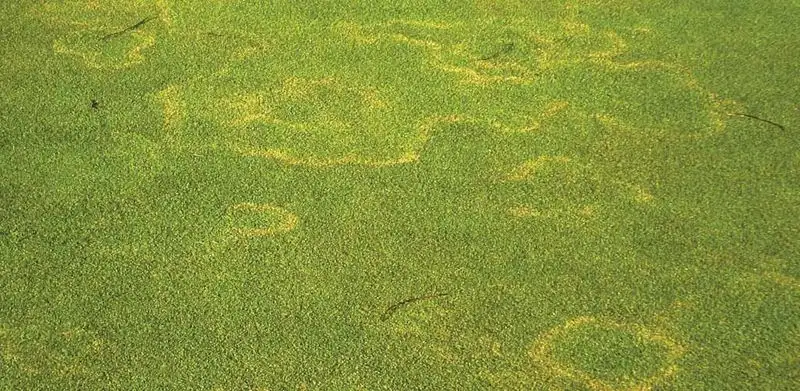
Yellow Patch is characterized by circular patches of yellowing grass, primarily affecting cool-season grasses during wet, cool weather. This fungal disease can cause significant aesthetic damage if not addressed promptly.
Improving lawn drainage and ensuring a balanced fertilization regimen can prevent Yellow Patch. Monitoring susceptible areas and addressing environmental stressors helps maintain a vibrant, healthy lawn, free from this sallow affliction.
Helminthosporium Leaf Spot
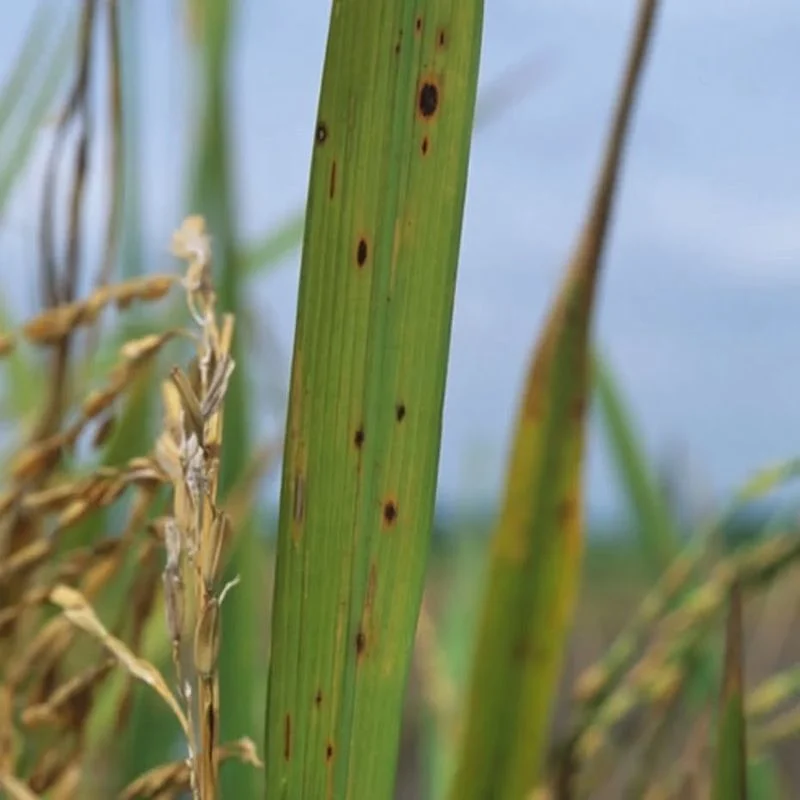
Helminthosporium Leaf Spot manifests as elongated dark spots on grass blades, which can lead to larger blighted areas. This disease is prevalent in moist, warm climates and can cause significant turf damage if ignored.
Regular mowing and avoiding excessive nitrogen application help manage Helminthosporium Leaf Spot. A proactive lawn care routine, including aeration and overseeding, ensures your grass remains lush and resilient, preventing this speckled scourge from taking hold.
Slime Mold
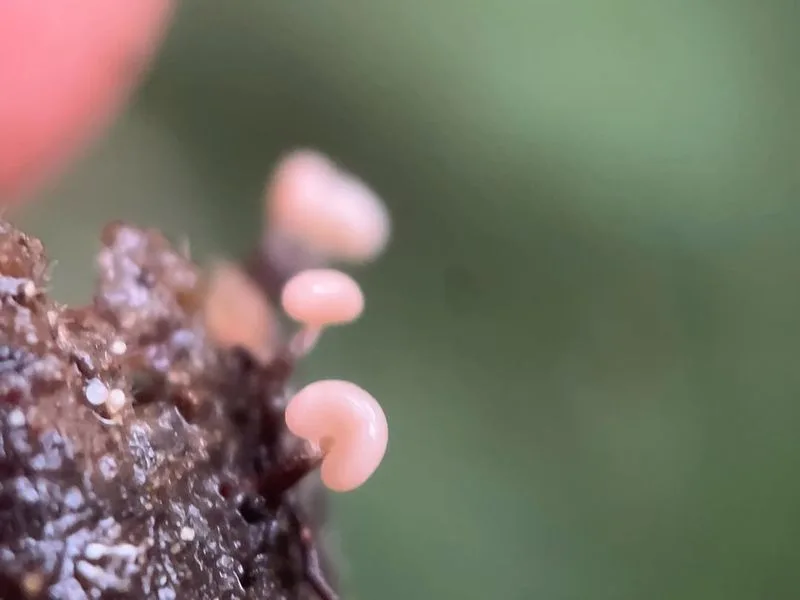
Slime Mold appears as patches of grayish, jelly-like growth on grass blades, often startling homeowners. While it may look alarming, Slime Mold is not truly a disease but a saprophytic organism feeding on dead organic matter.
This mold typically occurs during warm, wet weather and does not harm the grass. Brushing or mowing removes it easily. Understanding its benign nature helps gardeners appreciate the complex ecosystems within their lawns, ensuring continued health and beauty.
Gray Leaf Spot
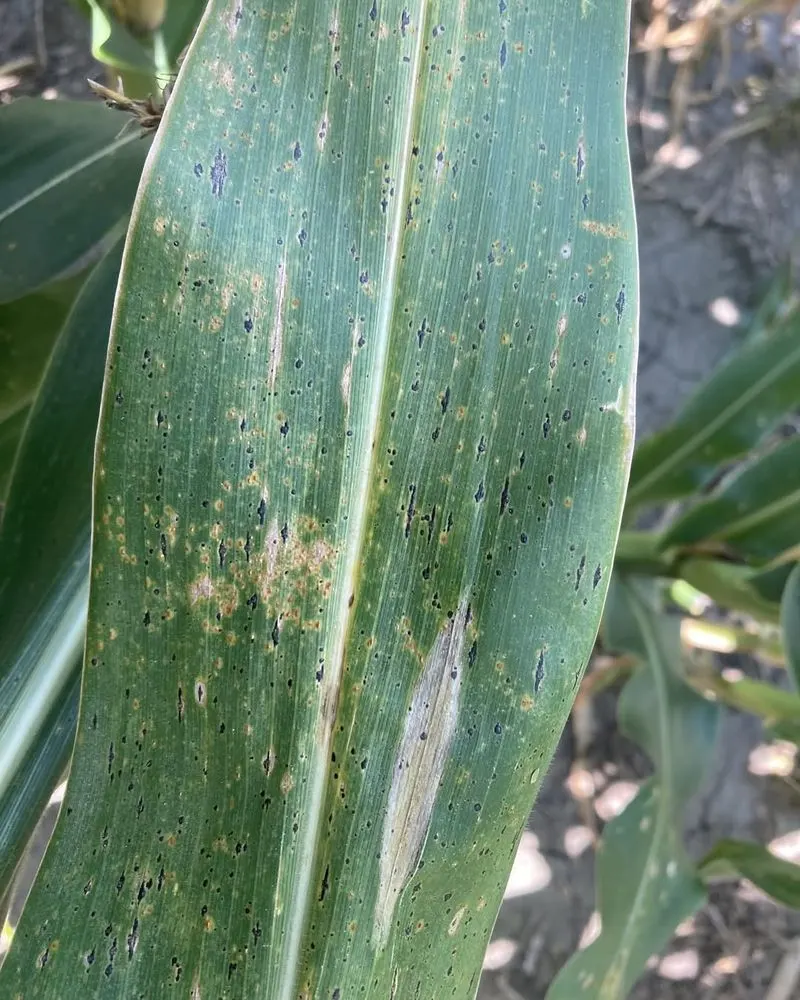
Gray Leaf Spot is marked by gray, water-soaked lesions on grass blades, primarily affecting St. Augustinegrass. This fungal disease thrives during hot, humid weather and can lead to significant turf damage if not managed.
Proper fertilization and mowing practices are crucial for preventing Gray Leaf Spot. Avoiding heavy nitrogen application during peak disease periods helps maintain lawn health. Consistent lawn care ensures your grass remains robust and less susceptible to this gray invader.
Pink Snow Mold
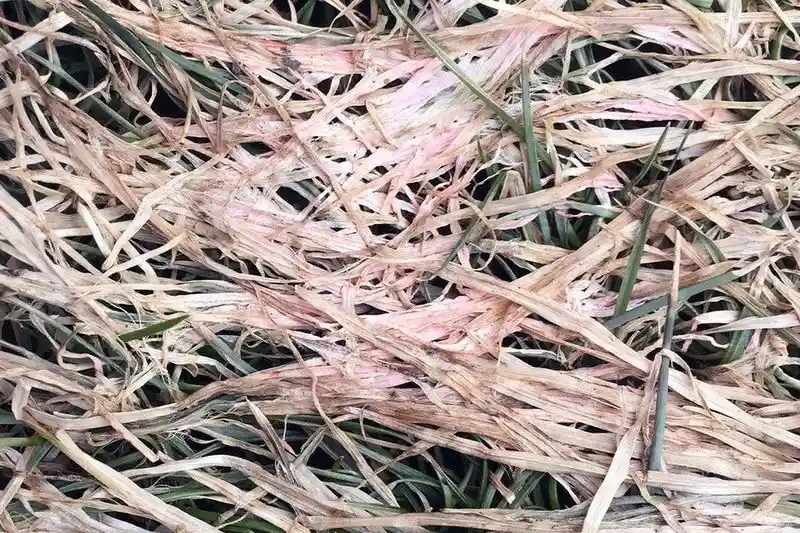
After the snow melts, you might find pinkish mold patches on your lawn. Pink Snow Mold is a cold-loving fungal disease that can cause significant turf damage, particularly in susceptible grass varieties.
Proper fall fertilization and debris removal minimize its impact, ensuring a healthy start to the growing season. Early raking and dethatching help reduce Pink Snow Mold, preserving your lawn’s lushness and vibrancy.

